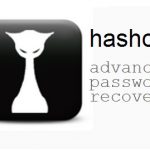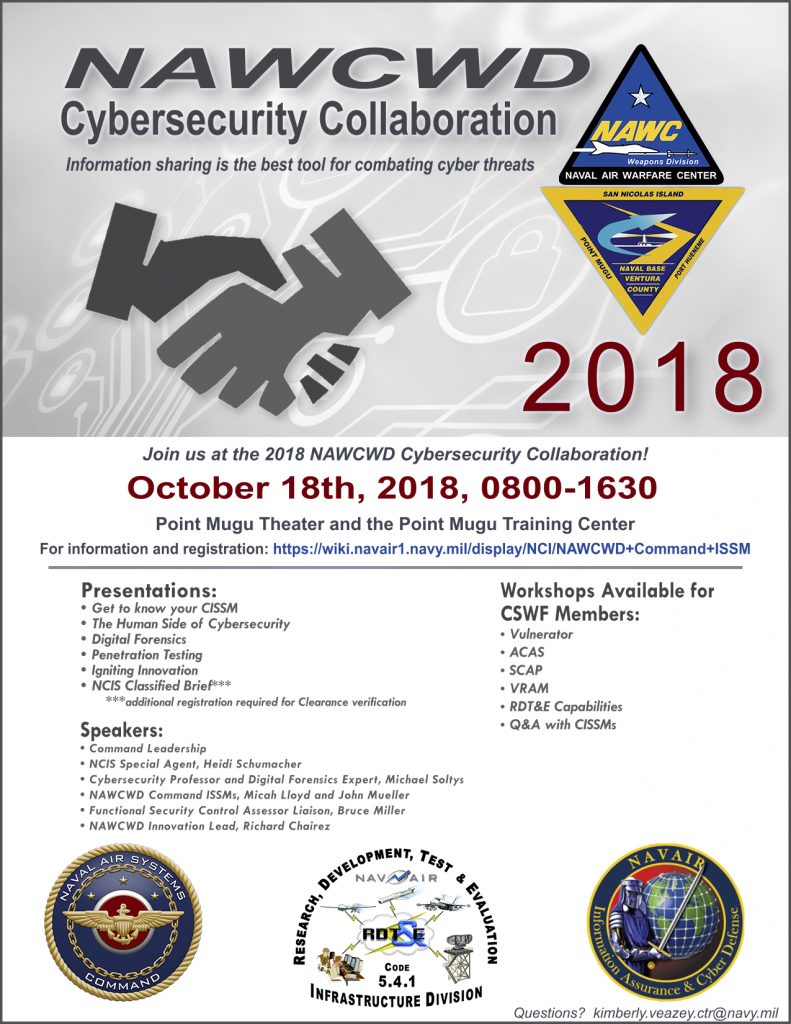1 December 1932: Polish Cipher Bureau first solved ENIGMA message. (Read an article in our Cryptologic Bytes Archives about Poland’s Overlooked Enigma Codebreakers.”)
 Polish mathematicians from the University of Poznan (from left): Marian Rejewski, Jerzy Rozycki, and Henryk Zygalski broke the Enigma code, the most important encryption machine used by Nazi Germany. The success of the Polish cryptologists from the Cryptology Bureau enabled the British to read encrypted German correspondences during World War II, contributing to the wartime success of the allies.
Polish mathematicians from the University of Poznan (from left): Marian Rejewski, Jerzy Rozycki, and Henryk Zygalski broke the Enigma code, the most important encryption machine used by Nazi Germany. The success of the Polish cryptologists from the Cryptology Bureau enabled the British to read encrypted German correspondences during World War II, contributing to the wartime success of the allies.
In 1928, when the German military began using the cipher machine, Enigma, the Polish Cipher Bureau began its efforts to break it. They hired the three mathematicians in 1932 to do just that! The team worked for months to determine the wiring of the rotors. Using a mathematical equation and key lists acquired from a German traitor, they determined the three rotors’ internal wiring. They discovered three ways of deciphering Enigma readings. The Polish team then exploited some of the Germans’ standardized methods and successfully read many of the encrypted messages. They read the first one on December 1, 1932. They were in business…at least for a time…Seven years later, just before war broke out, the Poles handed over their knowledge of the Enigma codes, as well as Polish-built replicas of the machines, to British and French Intelligence officers near Warsaw.
The government official said that in recognition of the trio’s efforts, the upper house of Poland’s parliament has passed a resolution in their honor to ‘restore justice’. The resolution reads: ‘In both popular literature and official information, the public was told that the breaking of the Enigma codes was due to the work of the British Intelligence services to the complete omission of the work of Polish scientists.’
Source: National Cryptologic Foundation
Poland’s Overlooked Enigma Codebreakers
Posted on 07/08/2014
Poland’s Overlooked Enigma Codebreakers
By Gordon Corera
BBC News, Warsaw
4 July 2014
Read the article and see more photos online HERE.
The first breakthrough in the battle to crack Nazi Germany’s Enigma code was made not in Bletchley Park but in Warsaw. The debt owed by British wartime codebreakers to their Polish colleagues was acknowledged this week at a quiet gathering of spy chiefs. Continue reading “1932: Polish Cipher Bureau Success!”
 The Government Accountability Office (GAO) found “mission-critical” cyber-vulnerabilities in nearly all weapons systems tested between 2012 and 2017.That includes the newest F-35 jet as well as missile systems.
The Government Accountability Office (GAO) found “mission-critical” cyber-vulnerabilities in nearly all weapons systems tested between 2012 and 2017.That includes the newest F-35 jet as well as missile systems.






 A rash of misconfigured Amazon Web Services storage servers leaking data to the internet have plagued companies recently. Earlier this week, data belonging to anywhere between six million and 14 million Verizon customers were left on an unprotected server belonging to a partner of the telecommunications firm. Last week, wrestling giant World Wide Entertainment accidentally exposed personal data of three million fans. In both cases, it was reported that data was stored on AWS S3 storage buckets.
A rash of misconfigured Amazon Web Services storage servers leaking data to the internet have plagued companies recently. Earlier this week, data belonging to anywhere between six million and 14 million Verizon customers were left on an unprotected server belonging to a partner of the telecommunications firm. Last week, wrestling giant World Wide Entertainment accidentally exposed personal data of three million fans. In both cases, it was reported that data was stored on AWS S3 storage buckets.